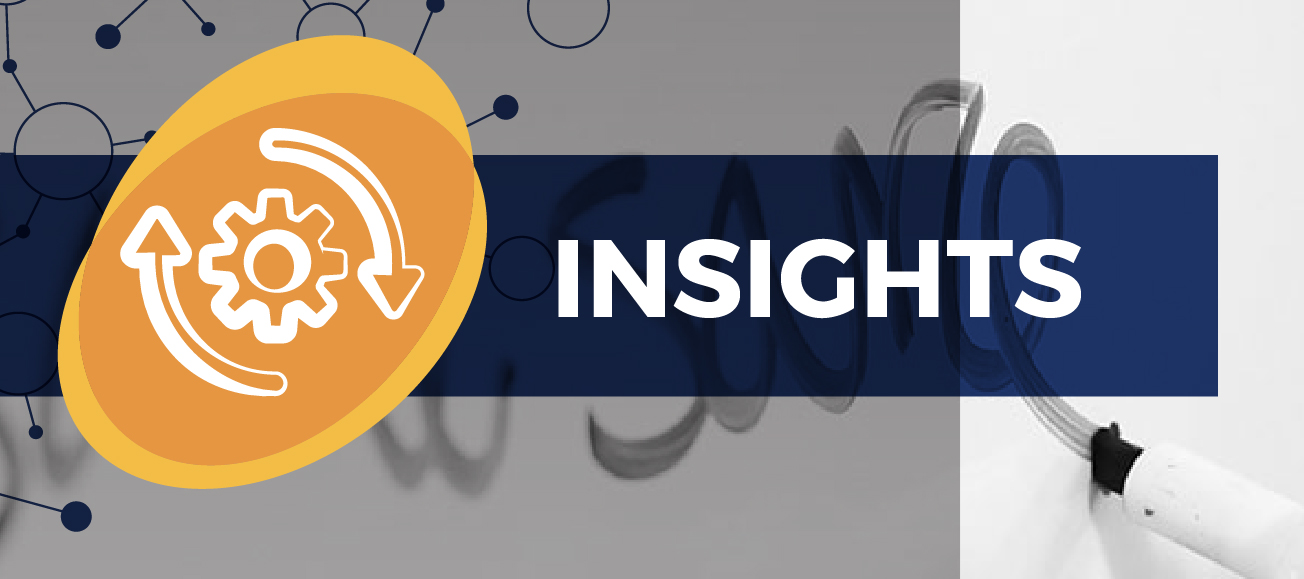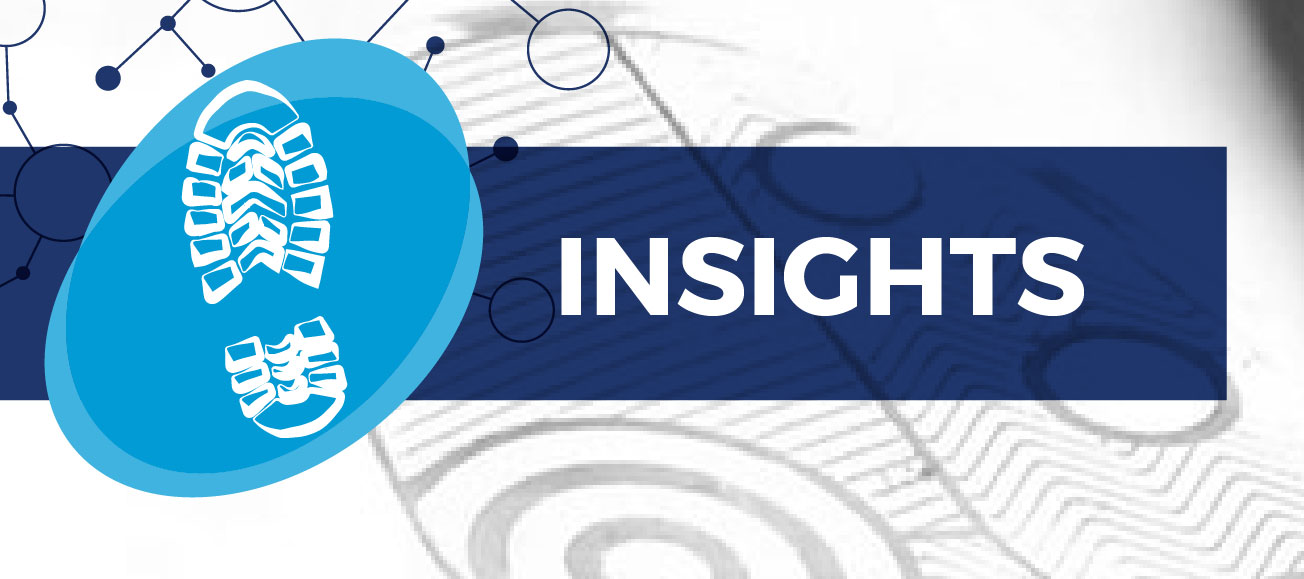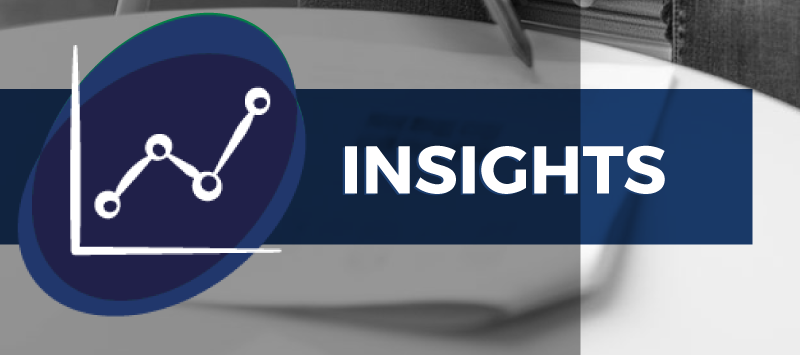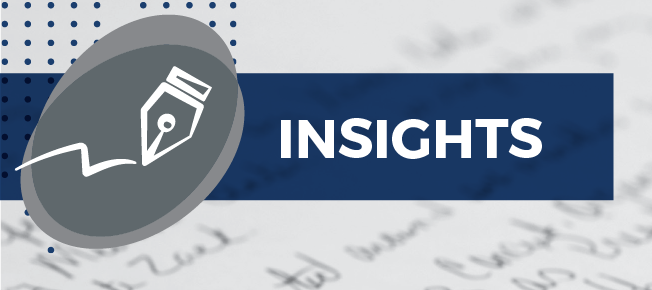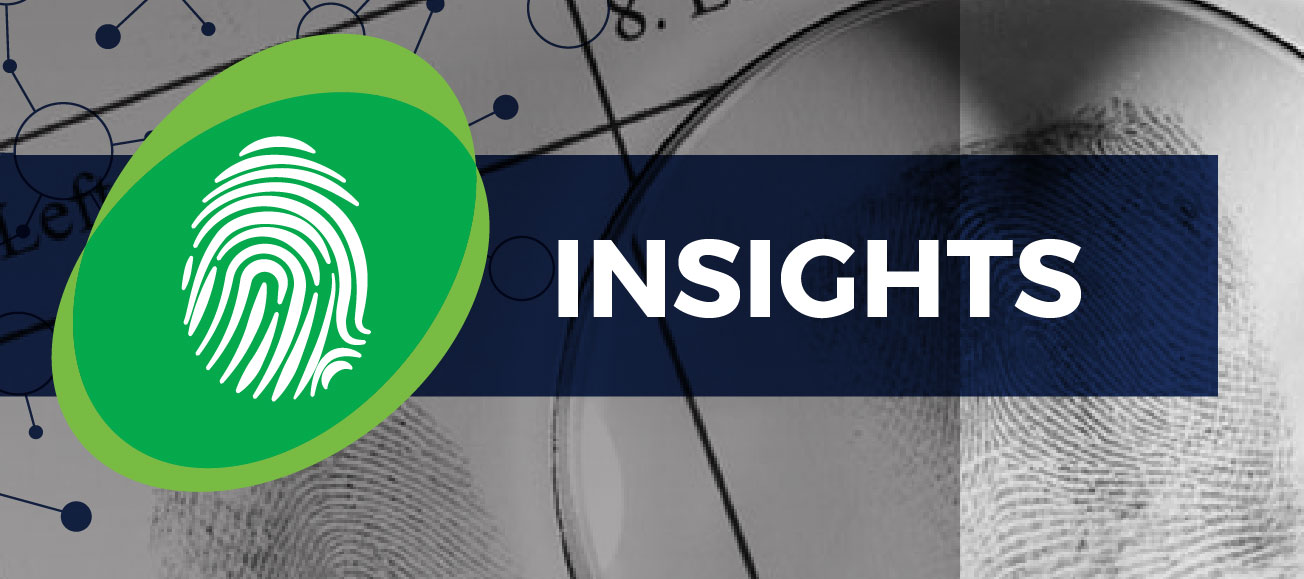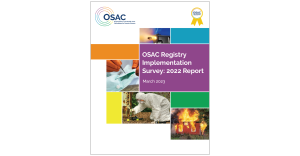
INSIGHT
Juror Appraisals of Forensic Science Evidence:
Effects of Proficiency and Cross-examination
OVERVIEW
Researchers conducted two studies to determine how much an examiner’s blind proficiency score affects the jurors’ confidence in their testimonies.
Lead Researchers
William E. Crozier
Jeff Kukucka
Brandon L. Garrett
Journal
Forensic Science International
Publication Date
October 2020
Publication Number
IN 111 IMPL
Key Research Questions
1
Determine how disclosing blind proficiency test results can inform a jury’s decision making.
2
Assess how using these proficiency test results in cross-examination can influence jurors.
APPROACH AND METHODOLOGY
WHO
Two separate groups (1,398 participants in Study 1, and 1,420 in Study 2) read a mock trial transcript in which a forensic examiner provided the central evidence.
What
Evidence: bitemark on a victim’s arm or a fingerprint on the robber’s gun.
Blind Proficiency Scores: the examiner either made zero mistakes in the past year (high proficiency), made six mistakes in the past year (low proficiency), claimed high proficiency without proof (high unproven proficiency), or did not discuss their proficiency at all (control).
How
Participants in both studies were asked to render a verdict, estimate the likelihood of the defendant’s guilt, and provide opinions on the examiner and the evidence.
KEY TAKEAWAYS for Practitioners
1
Stating proficiency scores did influence the participants’ verdicts. In both studies, the examiner presented as having low proficiency elicited fewer convictions than the other examiners.
2
While the high-proficiency examiner did not elicit more convictions than the control in Study 1, they not only got more convictions in Study 2, but also proved to withstand cross-examination better than the other examiners.
3
In both studies, proficiency information influenced the participants’ opinions of the examiners themselves, but not their domain’s methods or evidence.
Focus on the future
Despite having lower conviction rates, the low-proficiency examiners were still viewed very favorably and still achieved convictions a majority of the time in both studies (65% and 71% respectively), so fears of an examiner being “burned” by a low-proficiency score are largely overblown.
For defense lawyers to ask about proficiency results, they require access to the information. However, crime laboratories can potentially gain a significant advantage by only disclosing high-proficiency scores. Thus, it is important that such information be disclosed evenly and transparently.
Next Steps
The components and data of both studies are available on the Open Science Framework.

